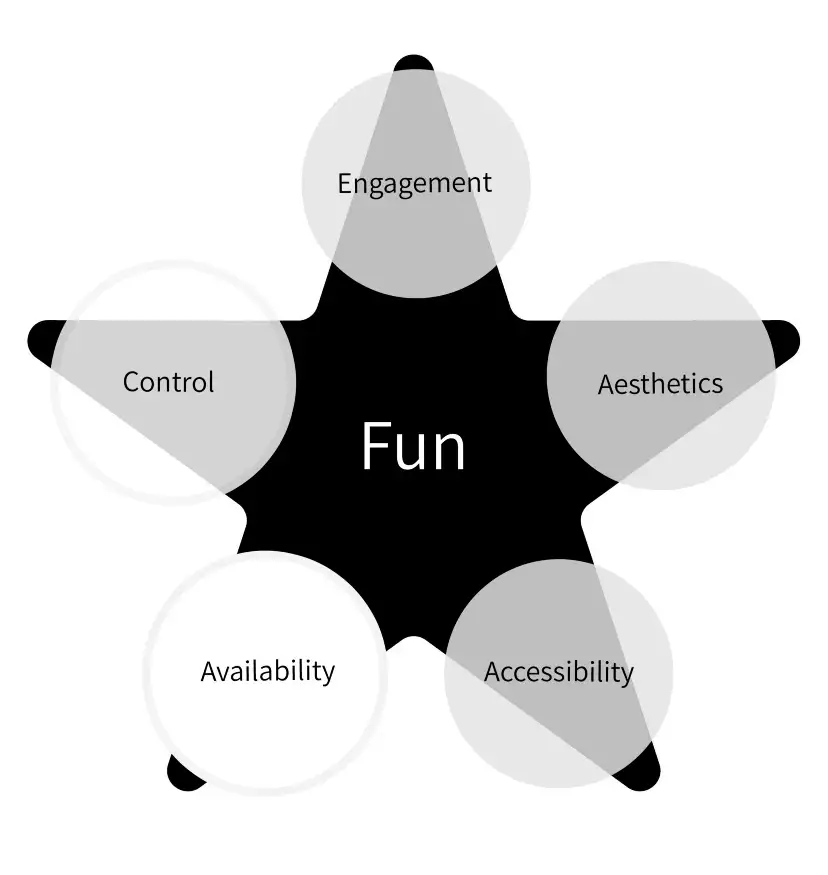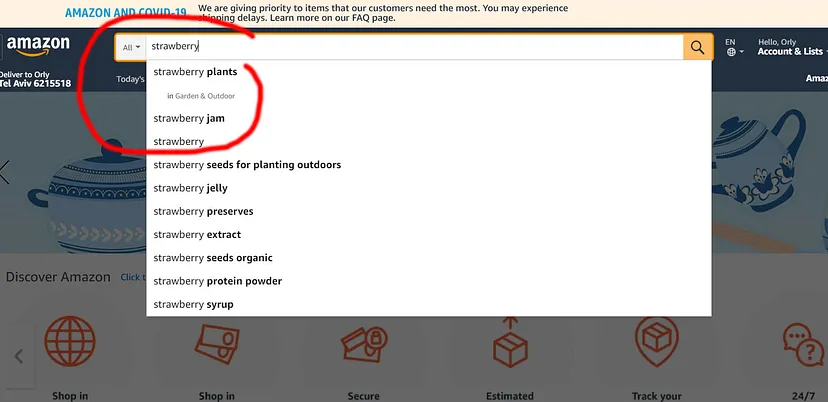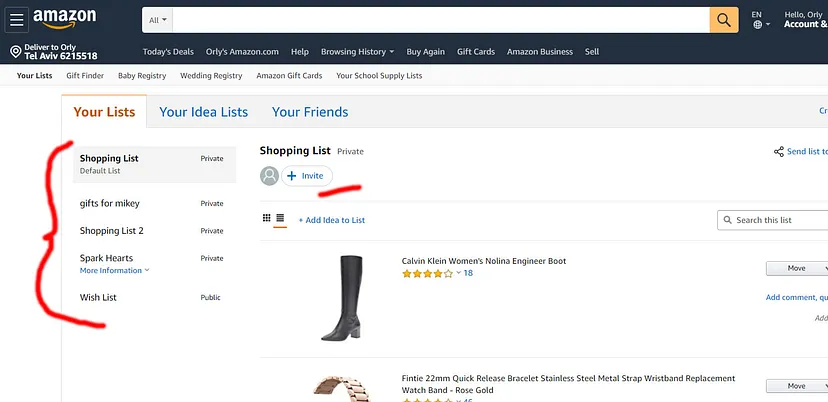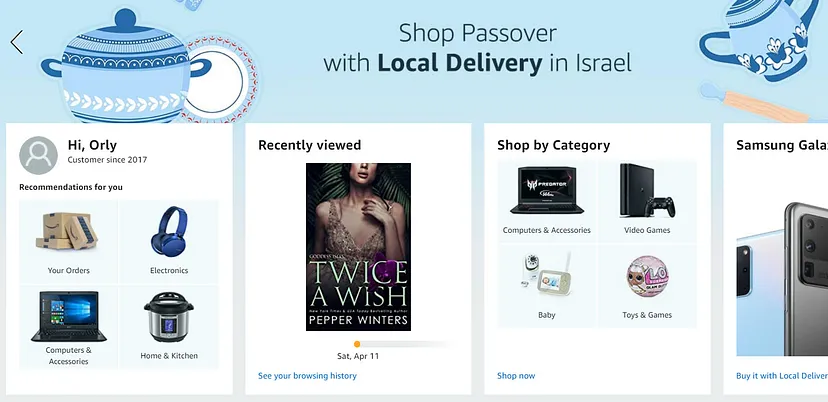Every UX Designer has his views and best practices. We all have a guidebook created through time and experience. I want to share mine with you.
When I create, I base everything on the following principles. Meet my guiding star to the ultimate user experience.

In this article, I would like to address availability.
Down the rabbit hole
Let’s try a little guided imagery, shall we? Imagine for a second you are dealing with a midlife crisis. After you’ve managed to decorate every inch of your skin in lovely permanent drawings, you decide to purchase a Harley. Yes, you are a badass in this walkthrough.
So, you get into a fancy showroom. As you walk into the open space gallery, you first see a set of labeled doors. You choose to walk through one, only to find that you are in the wrong place. Pink Harleys aren’t your taste, nope!
You turn around to get back out the way you came in, but the door is no longer there. A little agitated, you try a different path. All of a sudden, some dude pops up out of thin air.
What is this voodoo? You think to yourself.
He is asking weird stuff like, ‘Yo, what’s your name? Your email address? Give it to me now! I shall keep you updated’, He yells.
‘Don’t go! — not before you check these amazing offers. Just look at these pink beauties!’
Ugh!
You try to dodge him and find yourself in a pink room. Frustrated, you turn to the first person you see to ask for directions, only to realize you are talking in circles because he isn’t a person at all; he is a freaking hologram!
Map it out
Does this look familiar? I am sure you’ve encountered this user journey once or twice in the digital ecosystem, and it sucks. I know that. I think brands allow too much freedom on digital platforms because they don’t have to deal with their customers’ frustrations. Well, guess what? It’s not the case anymore.
You, going through a middle-age crisis, would not take it lightly, nope! Not in this day and age. You will tell all your friends and anybody willing to listen about your poor experience, and you will probably never set foot in that establishment ever again. Do you know why? Because you have options.
Brands invest a lot of money in the physical customer experience, but when it comes to the digital sphere, unfortunately, they tend to neglect it.
All they have to do is map the user journey and:
Lead the way
First and foremost, brands have goals. And the main goal will always be revenue, but at what cost?
He gets in, buys, and walks out. Does that sound pretty easy? It’s not. There are different people and different stages of readiness, needs, and wants.
It’s your responsibility as a product/service provider to predict them all, and once you do, you know how to provide the right way to fulfillment. If they have a good experience, trust me, they will come back.
Be available
So, what do we have to work with? We understand that each journey is different. It depends on the state of mind, but the tools available to make it easy for our target audience to find what they are looking for in our digital platform are always the same.
Here are some of our UI tools:
Navigation menu
Categorize everything and let them find their way. Can I get an Amen-zon?
Preferences questioners
Just ask…
If there’s doubt, let them sort it out.
When in search, eliminate confusion.

List it like a pro, or do not at all! You either make it fabulous or you just don’t bother.

When they know me too well, I am actually comfortable.

The question is: how and when do we use them?
Simple, Learn your audience’s needs
If you know them, you can use them correctly, I promise you there will be no need for disturbing popups for hard sales or any popups for that matter.
What is my advice? Trust your audience, learn their needs, and always treat them as if they were actually facing you in person.


